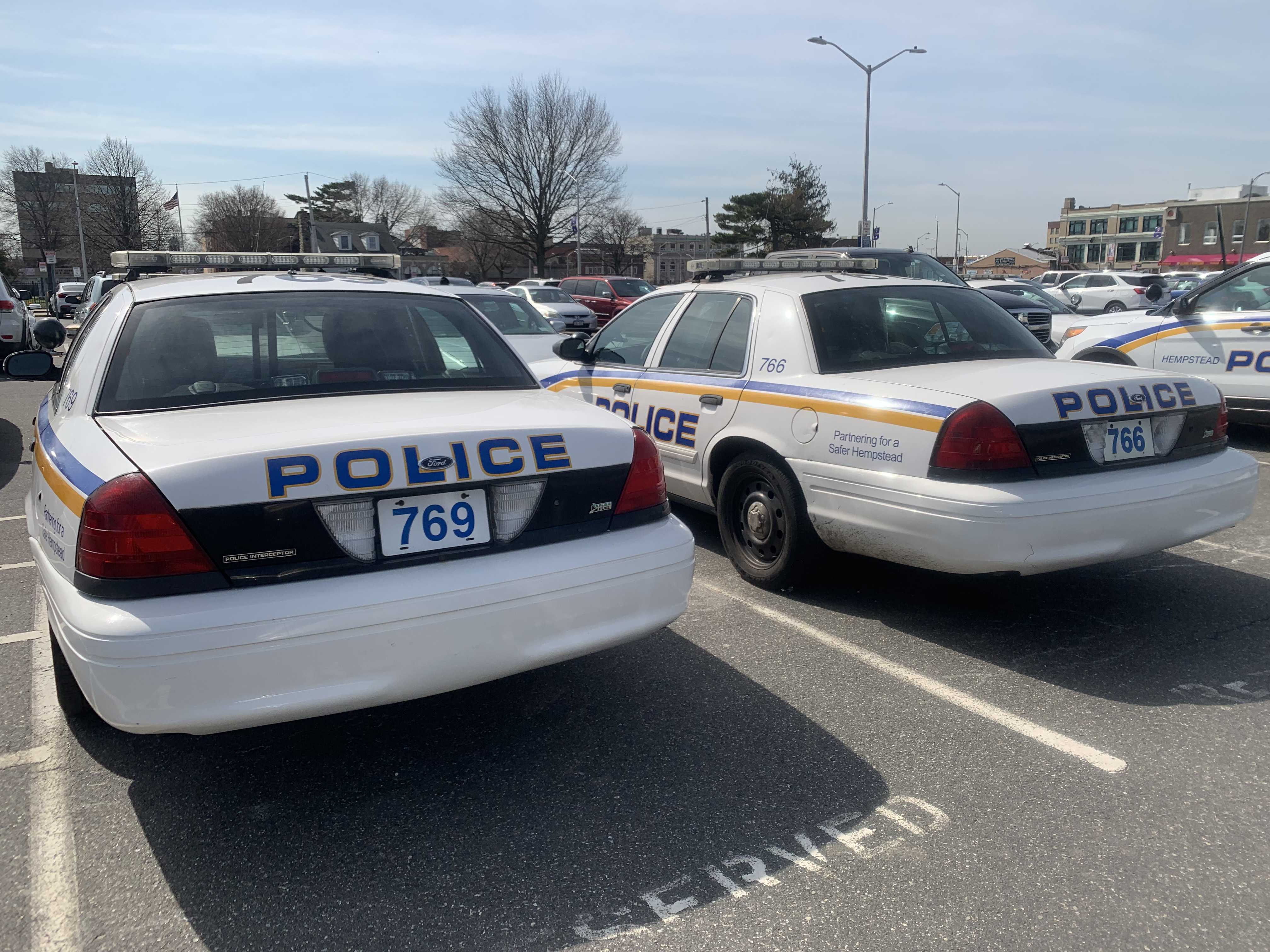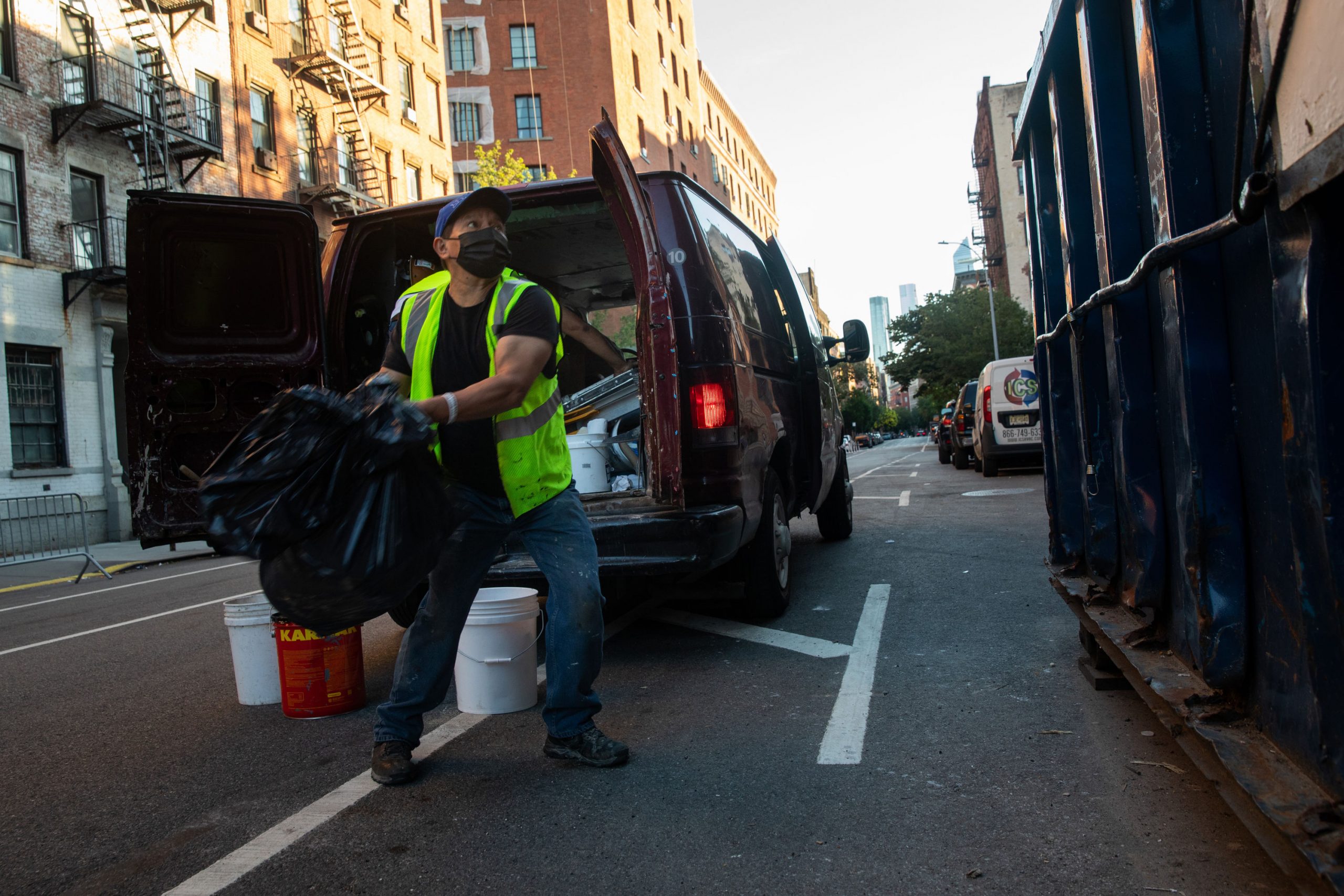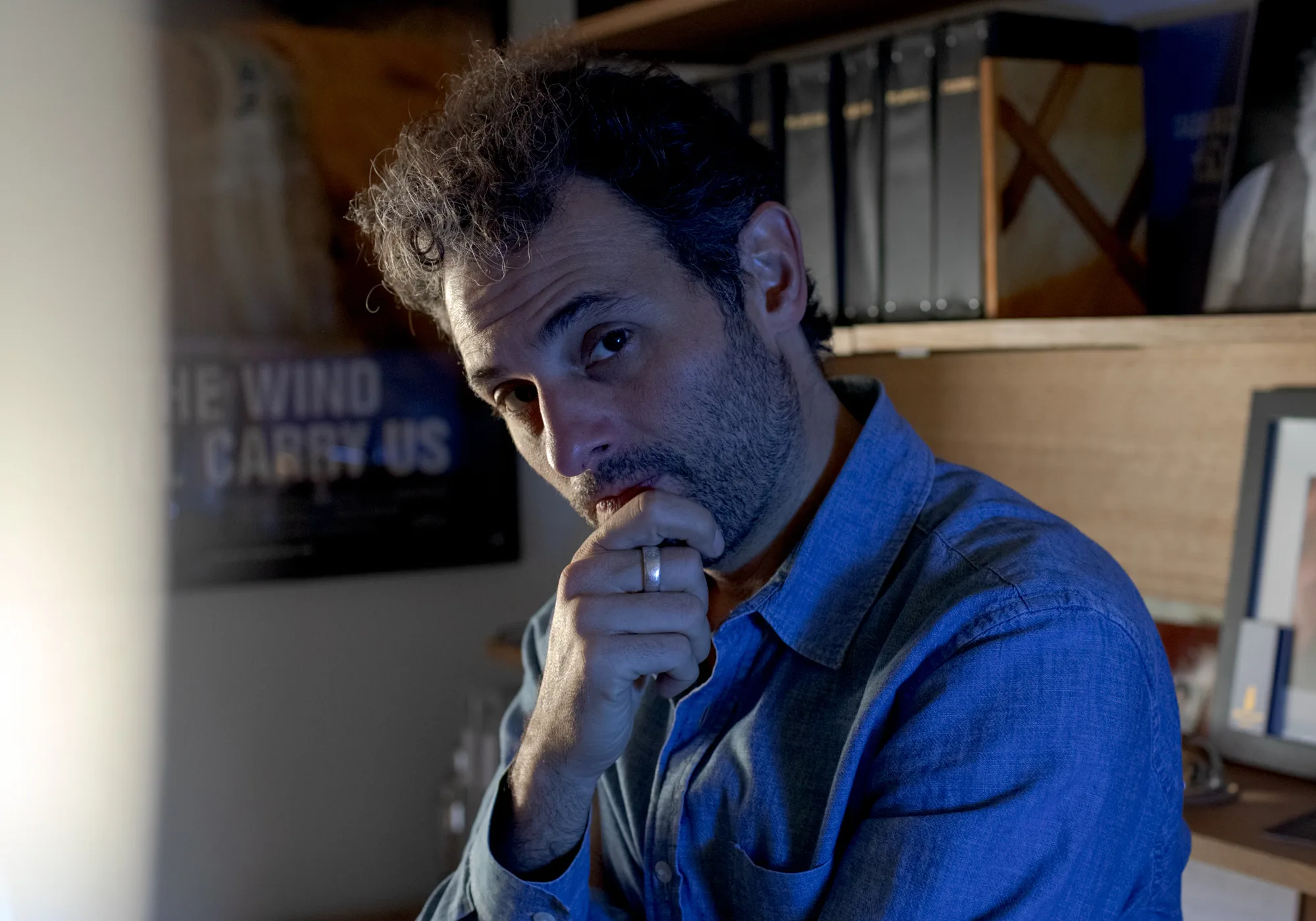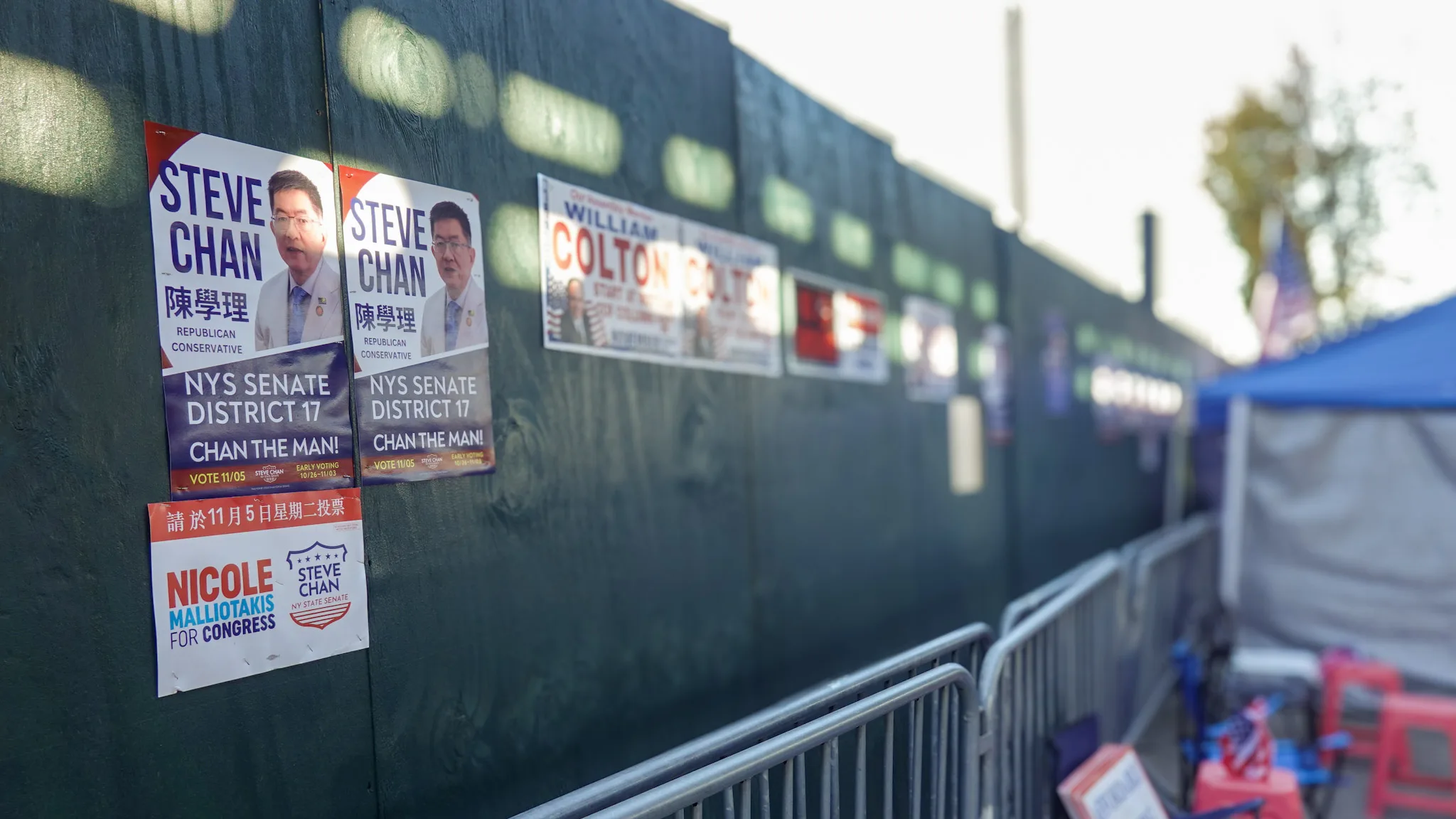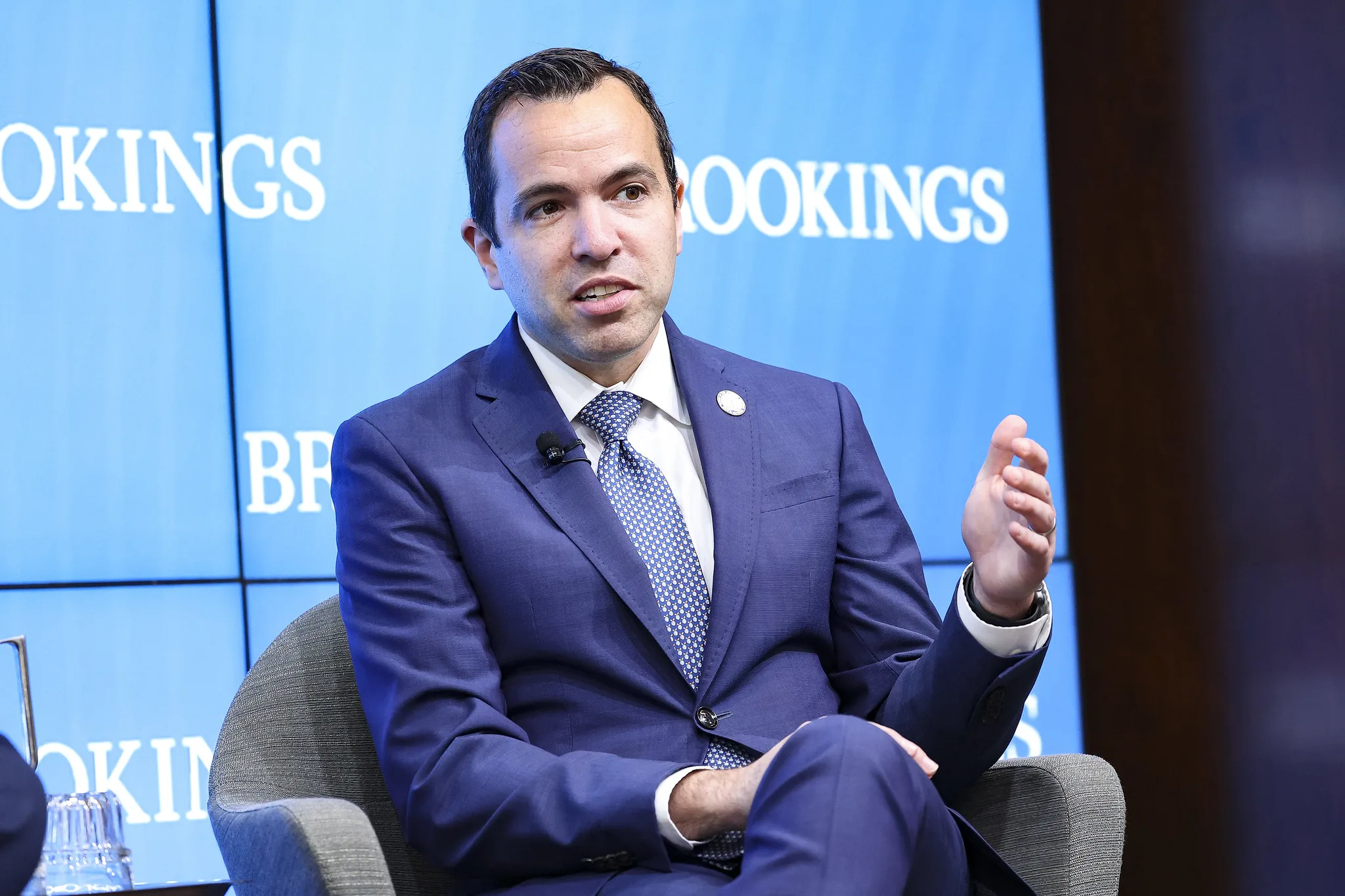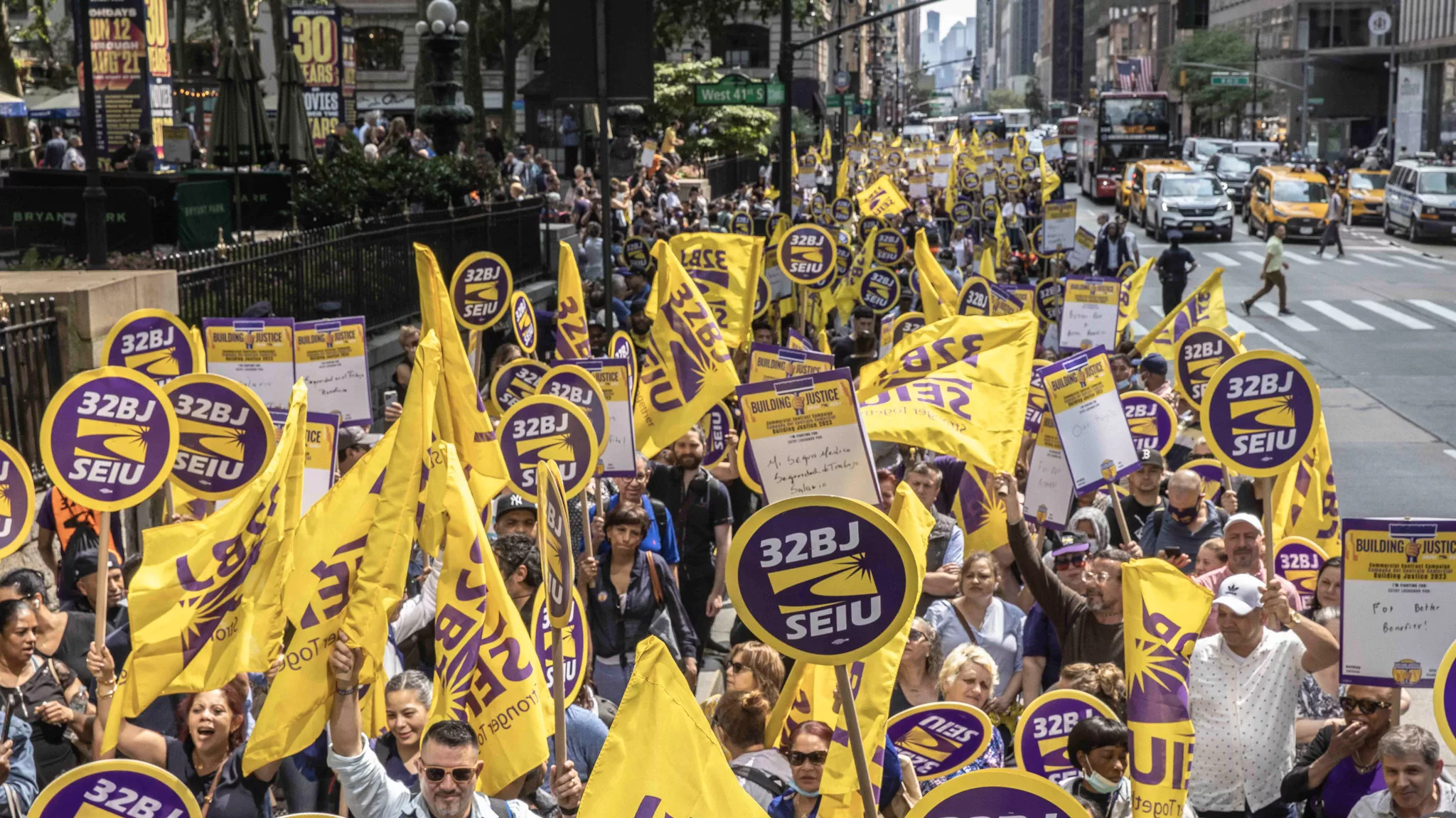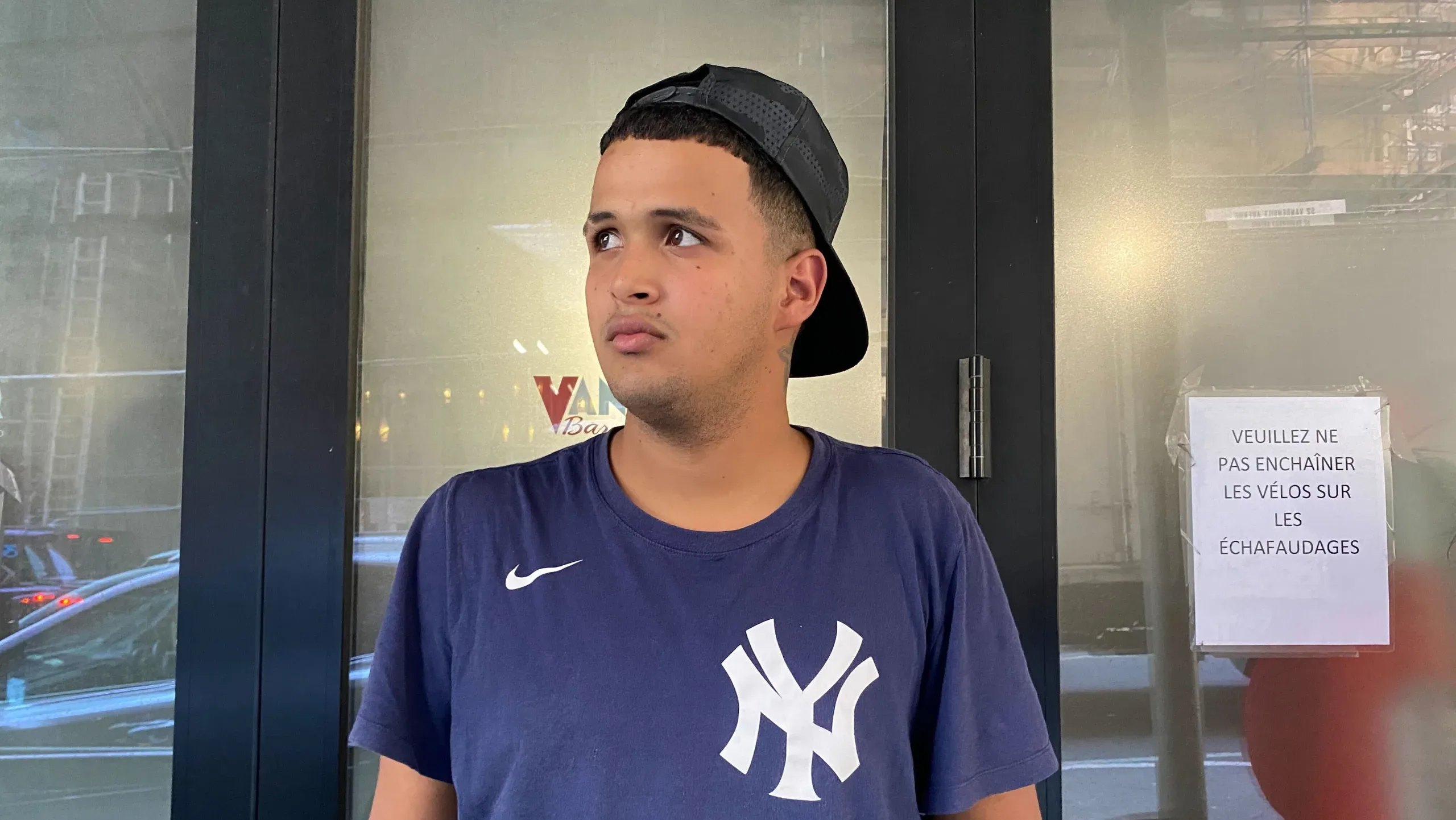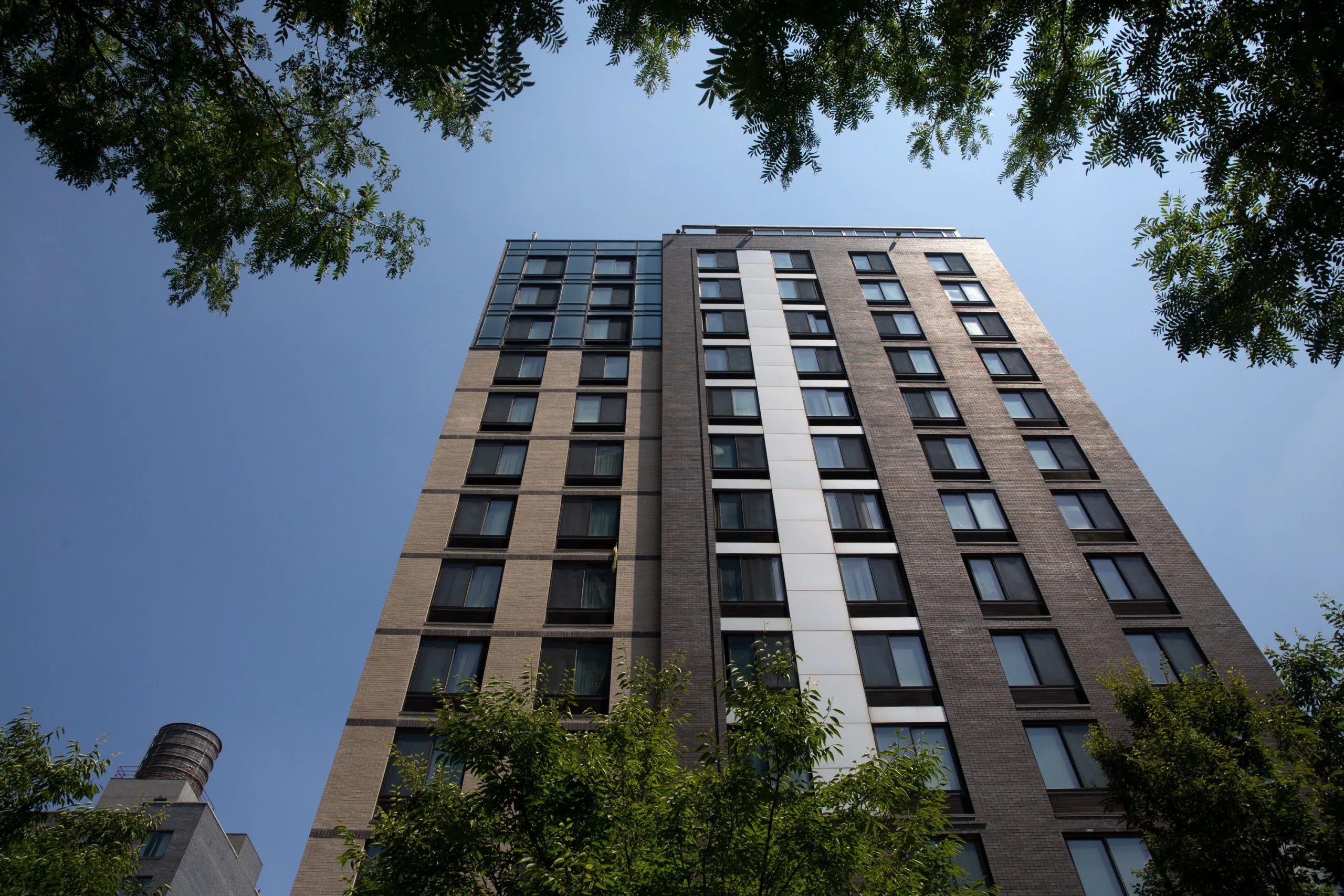One afternoon in May 2018, police officers in a well-to-do waterfront Long Island town called Lloyd Harbor, pulled over Felipe Iñiguez, a 49-year-old undocumented carpenter from Ecuador. A husband and father of two, Iñiguez was driving home after a day of work installing kitchen cabinets when the officers stopped him for a broken headlight. They ran a criminal background check, as is their policy, even though he hadn’t committed any crime.
What they found was an old deportation order. And while the officers sent Iñiguez home with a ticket, they also, without telling him, reported him to Immigration and Customs Enforcement.
Three months later, ICE agents descended on Iñiguez’s home in Central Islip and took him into custody. He spent the following three months at the Orange County Correctional Facility, where he faced deportation to a country he’d left almost two decades before.
An hour’s drive east, where Long Island’s suburban sprawl ends and rural farming country begins, Imelda and Antonio, an undocumented couple from Mexico, had two similar run-ins with a different police department in the town of Riverhead. Both times, the farm workers said they were sure the officers would report them to ICE. Both times, they were wrong. They were fined, instructed to appear in traffic court, and then sent on their way without further incident.
They’ve been lucky so far, said the couple who asked to be identified only by their first names. They have lived and worked on Long Island for 16 years, where they have raised their five U.S.-born children. Still, they’re just as afraid of the police as Iñiguez because there’s no way to be sure that their next encounter won’t end like his.
“What if they send me to Mexico with my kids here?” Imelda said, bundled in a jacket and hood for a chilly April morning of pruning blueberry bushes.

Similar fears were echoed in interviews with dozens of undocumented immigrants and immigrant advocates across Long Island over the past several months. Some told stories of friends, relatives or clients who had been deported after minor traffic stops, even though they had not committed any serious crimes and had lived in the United States long enough to establish deep roots and build families.
Others, like Imelda and Antonio, however, seemed afraid only because they’d heard such stories, even when their own experiences with police ended with no calls to immigration authorities, much fewer threats of deportation. From one local police jurisdiction to another, the immigrants said, they never know when they’re going to run into a police officer who will simply write them a ticket or one who will report them to ICE.
An examination of police policies and practices across Long Island suggests those fears are not misplaced. Officials at the island’s two primary police departments, covering Suffolk and Nassau counties, say they instruct their officers not to report undocumented immigrants to ICE unless the immigrant is caught committing a crime – including driving under the influence.
However, there are dozens of small towns across the island, including some of the wealthiest enclaves in the country, with additional privately funded police departments. And when it comes to reporting undocumented immigrants to ICE, some of those departments follow different rules.
In an attempt to map the cooperation between ICE and local law enforcement in suburban Long Island, Documented reached out to 36 different police departments from East Hampton to Port Washington, and asked them to provide the policies that determine how and when officers inform ICE about encounters with undocumented immigrants. Some of the departments allowed officials to discuss those policies in interviews. Others provided their policies in writing. Nearly half of the departments either didn’t respond or refused to do prove their policy.
The responses received provide the most comprehensive look at the patchwork of policies governing Long Island, which is home to nearly 100,000 undocumented immigrants according to the Migration Policy Institute. The array of policies, or in some cases, the lack of policies, show that the outcome of undocumented immigrants’ interactions with police can depend entirely on where they are or which officer happens to stop them.
Three departments – Lloyd Harbor, Riverhead, and East Hampton Village – said they run the names of everyone their officers stop through the National Crime Information Center, whether or not they are committing a crime. Running names through this system enables officers to check a person’s criminal background at the federal level, where immigration violations can appear. If they encountered undocumented immigrants with prior deportation orders, these departments said they would report them to ICE. A few others — including Muttontown, Old Brookville, and Garden City — said their officers run into undocumented immigrants so infrequently that they had no policies at all, leaving decisions about notifying ICE to the discretion of their officers.
Several more of the departments said they mostly follow the policies of Nassau and Suffolk counties, which wouldn’t run an NCIC check on someone stopped for minor traffic violations or broken headlights. They said they only would run such checks, in cases where the person they encountered was committing a crime beyond a minor traffic violation.
Gerardo Romo, an Episcopal priest from Mexico who has spent the last four years working closely with the Long Island immigrant community, said that the disparate policies make it hard for undocumented immigrants to trust police under all circumstances, even when they need help.
“Most of them won’t call the police,” he said. “They will suck up any aggression, thefts, problems because they’re so scared.”
“That saddens me to think, that’s horrible,” Lieutenant Anthony Long, of East Hampton Village, said about the reluctance many immigrants on Long Island feel about contacting the police. “That’s not something as a police officer I want to hear.”
He and several other police officers interviewed on Long Island said they felt caught between their obligations to both uphold the law and protect their constituents from harm. Many described the efforts they had made to establish good relationships with immigrant communities. Lieutenant Richard Lebrun, of Nassau County, said that his department goes “overboard” to make residents trust their local police, running youth education programs, handing out lunch boxes with the department logo, and distributing coloring books that depict the department’s officers as superheroes.
Long said he and his colleagues hold internal anti-bias task force meetings each month and communicate frequently with immigrant advocacy groups. He, like other officers at town and village departments across Long Island, pointed out that they are different than big city police agencies, in that they generally have from 10 to 30 officers who handle “quality of life” violations – traffic, burglaries, pick-pocketing – rather than violent crimes.
They’re not often on the front lines of the fight against the street gangs that operate on Long Island and who have murdered immigrant youths over the last several years. Cracking down on gangs, like MS-13, has been a priority for the Trump Administration, and it sees Long Island’s surging population of Central American immigrants as a pipeline for new recruits. There is also no mandate for these departments to implement sanctuary policies suggested by Democratic leaders in Albany. The small departments acknowledged feeling buffeted by both sides and the lack of legal standard.
“We get caught in the middle sometimes,” Long said.
That feeling was echoed in Lloyd Harbor, where officers reported Iñiguez to ICE. Police Chief Thomas Krumpter said he wasn’t happy that Iñiguez ended up in deportation proceedings. But he said that when officers checked Iñiguez’s criminal history, they discovered a 17-year-old deportation order and were obligated to report him to ICE. They had no way of knowing that the deportation order was issued only because he’d illegally crossed the border from Canada when he first arrived in the U.S.
“We didn’t know if he’d committed a murder,” Krumpter said. “Your job as a police officer is to enforce the laws, whether you agree with them or not.”
In an effort to provide undocumented immigrants more security in their encounters with police on the road, immigrant advocates are pushing state legislators to pass a measure that would allow them to obtain drivers licenses. While having a license probably wouldn’t have changed what happened to Iñiguez in Lloyd Harbor – where officers run criminal checks on everyone they stop – it would have made all the difference just a few miles away in towns like Southampton, where officers will only run a name if a person doesn’t have a license. Driver’s license checks will only show a person’s driving history, not their immigration status.
Sen. Luis Sepulveda (D-Bronx), who sponsored the driver’s license bill, said he has garnered enough votes to pass it. But an April poll by the Sienna College Research Institute found that 55 percent of New Yorkers oppose the bill, saying it would unfairly give driving privileges to immigrants who are in the country illegally.
At a March meeting in Huntington’s St. John’s Episcopal Church, undocumented immigrants shared how not having a license had affected them. One by one, people broke the room’s timid silence. Carmen, an immigrant from Honduras, said that her fear of driving limited her ability to take her son to his after-school fencing matches.

“I am afraid of being detained and deported and missing the rest of my son’s childhood,” she said.
Another young mother named Sandra, who is petite and soft-spoken, told the group that if she had been able to lawfully get a license, she could have transported her infant son to the emergency room when he went into cardiac arrest a year and a half ago. Although she had been in the U.S. since she left El Salvador in 2012, she has been so scared of being on the road that she never learned how to drive.
Instead, after calling the police and fire department and not receiving help in time, a neighbor had to take the 18-month-old by motorcycle.
Now approaching his third birthday, David helps his mom put her socks on when her rheumatoid arthritis flares up. He almost died in the intervening hour it took to get him to the hospital, which is a five-minute drive away.
For now, undocumented immigrants in New York have to drive without a license to get around. Imelda and Antonio face the risks of driving without a license every day when they commute to work. Imelda spoke about how the encounters with police have left their mark on her family, even though neither she nor Antonio were reported to ICE. Imelda said she would not call the police to report a crime, even if she herself was the victim.
She said, “What if I speak to them and they report me to immigration enforcement?”
Iñiguez spent three months in immigration detention before a judge allowed him to be released on bond while he fights his deportation. When asked about going back to Lloyd Harbor, what comes to Iñiguez’s mind aren’t its leafy winding roads, palatial homes, or views across the Long Island Sound. What comes to mind is the time he was stopped by police.
Returning to Lloyd Harbor, he said, would be “like going back to hell.”
